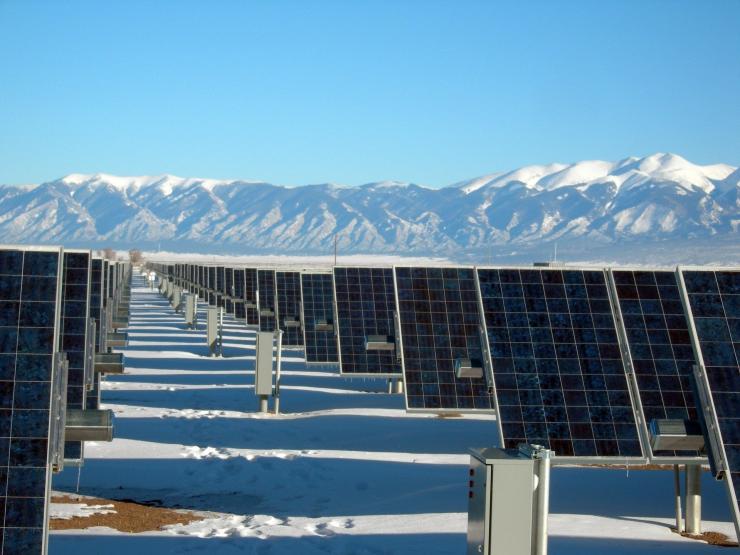Renewables in National Policy
As we heard from the interview with Bob Barkanic in Lesson 1, developing areas of the world without established energy infrastructure actually have an advantage when it comes to uptake of renewable energy. This is because they can essentially “leapfrog” to renewable energy and not have to first build, then adapt and retrofit, traditional fossil fuel powered national electric grids. We also learned in prior lessons that renewable energy systems can be more diversified and distributed, thereby making deployment easier. Of course, we will not be able to do an exhaustive analysis of renewable energy policy of all countries. But it is useful to explore a few examples from different regions.

We will learn about the USA and renewable energy policy in a later lesson, but we see on a global scale that although renewables bring much benefit, there are challenges on a national and regional scale. For example, in places like Africa and Latin America, while the overall lack of a reliable energy grid and infrastructure brings opportunity to start with renewable sources, there is also the diffuculty of regional-scale cooperation and coordination (necessary in order to benefit from economy of scale) across the continents' collections of independent nations. Without this cooperation and coordination, you will end up with a series of country specific, and disconnected systems.
To this end, IRENA (recall IRENA from our review of energy outlooks) has been working in several areas supporting development of strategy and capacity building to incentivize regional cooperation through a concept they call Clean Energy Corridors. These corridors will help connect efforts into broader networks that will work together more efficiently and add market stability.
Assigned Reading
Read the narrative on the home page of IRENA’s Clean Energy Corridors to gain a better understanding on these corridors. Then, go to the link for the report on Africa, “Scaling Up Renewable Energy Deployment in Africa.” Read pages 3 and 4 of this report, the section entitled “Energy Transformation in Africa”.
IRENA’s Clean Energy Corridors
Scaling Up Renewable Energy Deployment in Africa (PDF available on next page)
Questions to guide your reading:
- How do you think creating such corridors will catalyze growth of renewable energy?
- Why are these prevalent in developing areas, rather than developed nations?
- In the Africa report, can you identify the relationship to energy accessibility, reliability, security, and sustainability?
Renewables will figure prominently in national energy policy of developed economies as well. These will be different than with Africa and Latin America in that developed countries tend to have fossil fuel-dominated grids already in place, and renewables will need to be integrated into this existing infrastructure. As an example, let us explore what is going on in our northern neighbor, Canada.
